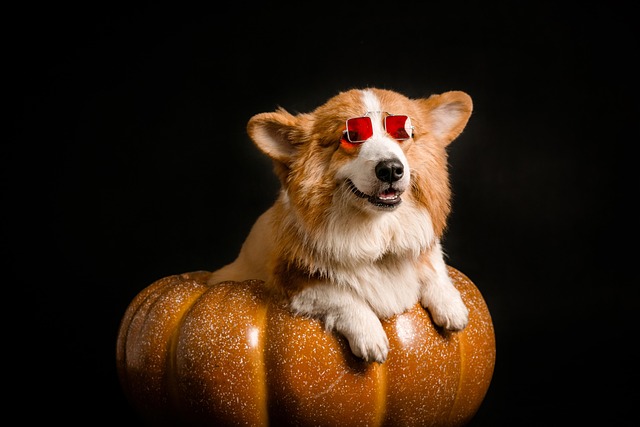
What is called advanced dog training
You’ve mastered the basics: your pup can sit, stay, and come most of the time in your quiet living room. But then you’re at a bustling farmers' market in Portland or a crowded park in Chicago
Imagine you’re in your Seattle apartment, sitting on the floor playing tug with your 11-week-old Australian Shepherd puppy—one minute she’s happily pulling the rope, the next she nips your wrist with her needle-sharp teeth. You jump back, frustrated, and wonder: “What command stops a puppy from biting?” For new U.S. dog owners, this mix of play and nipping feels chaotic, but the solution isn’t a harsh shout—it’s a simple, calm command paired with redirection, perfectly tailored to apartment living and U.S. positive training values.
First, let’s unpack why puppies bite (and how commands work): Puppies bite to explore textures, ease teething soreness (their gums ache 24/7!), or invite play—never to be mean. Their young brains process short, one- or two-syllable commands best (long phrases like “Don’t bite my hand!” go over their heads) because they’re still learning to connect words to actions. Vets and trainers from organizations like the ASPCA emphasize: Punishment (yelling, tapping their nose) backfires—it either scares them into hiding or makes them think biting is a game. Instead, commands work when tied to “positive reinforcement”—rewarding the behavior you want, so they learn “this gets me treats and praise.” My friend in Seattle used this with her 10-week-old Corgi; after 10 days of consistent practice, the puppy started stopping nipping as soon as she heard the command.
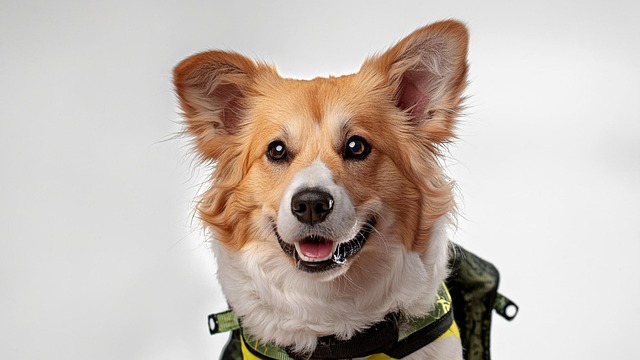
The most reliable command to stop puppy biting is “No Bite”—here’s how to use it in your apartment: Keep a stash of teething toys (soft rubber ones, not hard plastic) and tiny freeze-dried salmon treats near your favorite spot on the couch. When your puppy latches onto your sleeve or finger, say “No Bite” in a steady, calm tone (no yelling—loud sounds stress them out). The second she pauses, even for a split second, give her a teething toy. As soon as she starts chewing the toy instead of you, light up and say “Good No Bite!” while giving her a treat. Do this every time she nips—consistency is key for puppies (they learn from repetition, not occasional reminders). For small apartments, this works great: You don’t need extra space, just quick access to toys. Avoid vague commands like “Be nice!”—puppies don’t understand what “nice” means; they only know “No Bite” stops the fun of nipping and leads to a reward.
Don’t let training overshadow U.S. rules and community manners. Even as you practice commands, stick to Washington state’s vaccine laws: Puppies need their first rabies shot at 12 weeks old—skipping this is illegal (fines up to $200) and dangerous if your pup nips a neighbor’s kid or another dog. When you take her to the community park for socialization (critical for reducing nipping!), if she tries to bite another puppy, use “No Bite” and offer a toy—other owners will notice and appreciate the gentle approach. Always carry biodegradable poop bags on walks, even short training ones: Seattle fines $150 for leaving waste behind, and it’s basic respect for your neighborhood. And remember: U.S. pet culture strictly rejects physical punishment—never push, hold, or scold your puppy for biting; the ASPCA explicitly opposes it, as it can cause fear-based behavior (like hiding from you) later on.
At its core, stopping a puppy from biting is about clear communication, not control. With “No Bite,” redirection, and consistent rewards, plus following local vaccine rules and community etiquette, your puppy will learn to choose toys over hands in no time—making playtime in your apartment fun for both of you.

You’ve mastered the basics: your pup can sit, stay, and come most of the time in your quiet living room. But then you’re at a bustling farmers' market in Portland or a crowded park in Chicago
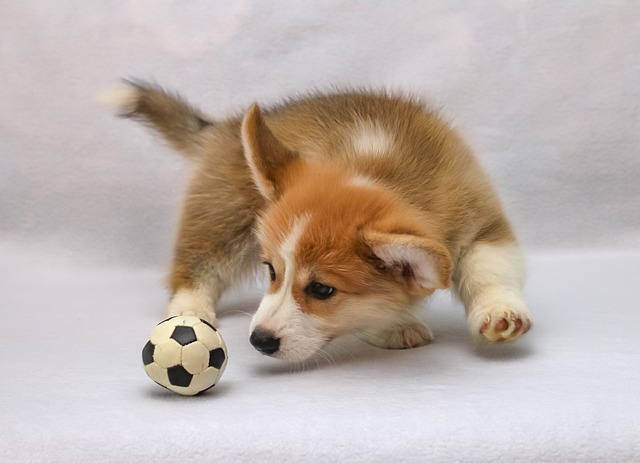
Watching your dog cower, tuck its tail, or desperately try to flee at the sight of a new person is a heart-wrenching experience.
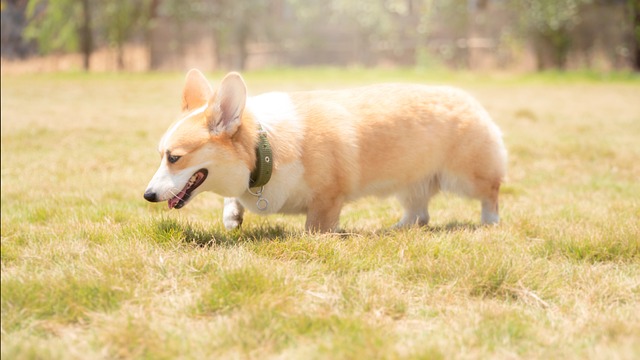
That heart-dropping moment when your dog lunges, snarls, or barks ferociously at a guest in your home is terrifying. For a new dog owner in a Chicago apartment or a suburban Florida community

That moment of dread is all too familiar for many new dog owners in a Brooklyn walk-up or a Seattle condo: the doorbell rings, and instead of a happy greeting
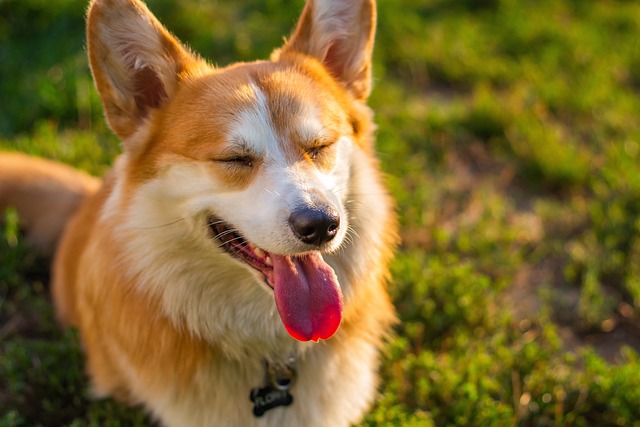
We’ve all been there. Your jeans are covered in slobber, your hands look like you’ve wrestled a thorn bush, and you’re muttering
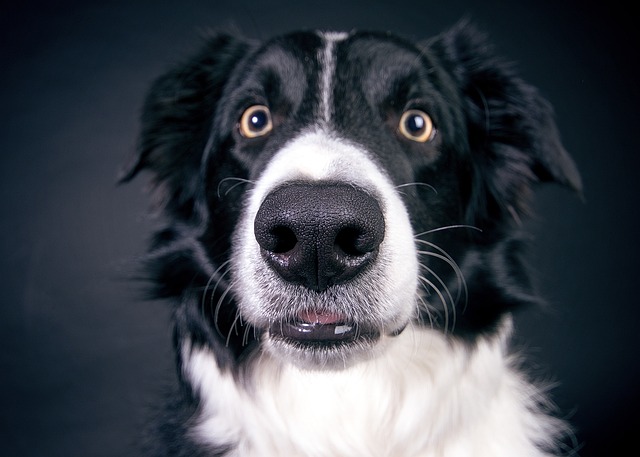
Dogs thrive on routine and positive reinforcement, and teaching them to shake hands is more than a cute trick—it builds trust and sharpens their focus. Start when your pup is relaxed, maybe after a walk or during a quiet evening at home.